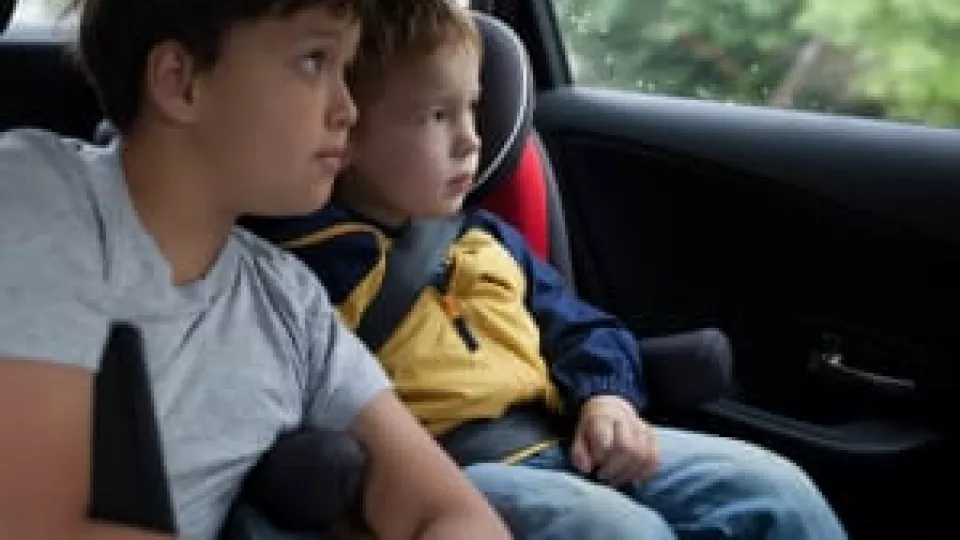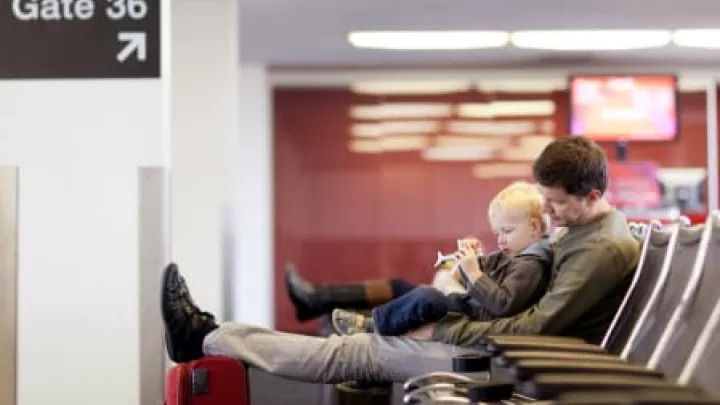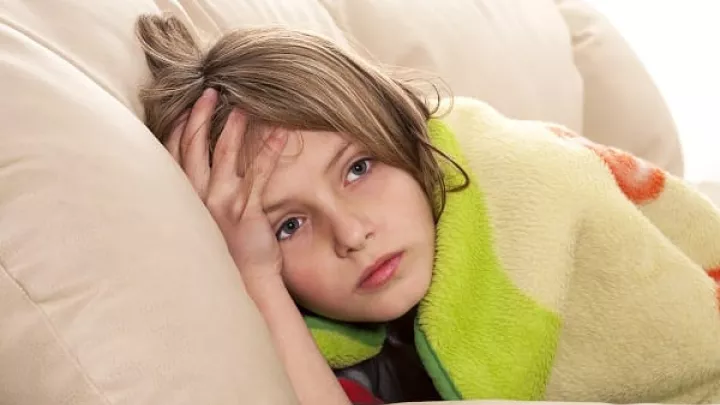
On the Road Again
How to keep motion sickness from ruining your roadtrips
“Are we there yet, are we there yet, are we there yet? Oh no Mommy, I don’t feel so good.” These are the words that no one wants to hear on a car trip. Some of my best memories as a child happened during family vacations, especially car trips. The joy of seeing different places, snacks in the car, playing games with my siblings, road trip songs, sunglasses, and the excitement of a hotel with a pool was a childhood favorite. However, feeling motion sick wasn’t a fun part of the trip. Motion sickness is not limited to cars, though; it can actually happen on anything moving, including planes, boats, trains, spinning rides, or even fast-paced video games.
What causes motion sickness?
Motion sickness happens most frequently to children, and occurs when the motion you see is different from the motion sensed by your inner ear. The Centers for Disease Control and Prevention suggests the following tips to deal with motion sickness:
- Don’t put your head down to read, or look to the side too much.
- Open the window a bit for fresh air.
- Leave early in the morning or at naptime, and encourage children to sleep.
- If possible, sit in the middle of the car and focus on something in the distance.
- Try to make frequent stops to get fresh air, stretch and refresh.
- Stay hydrated by drinking water, not sugary drinks or caffeinated beverages.
- Avoid big meals, and snack on dry crackers or pretzels instead of greasy snack foods.
- Try a motion sickness bracelet that stimulates an acupressure point.
- Don’t let children get too hot, and remove jackets and sweaters in the car.
- Talk with your doctor about the appropriateness of over the counter medications such as diphenhydramine (Benadryl) or dimenhydrinate (Dramamine).
Will my child ever grow out of motion sickness?
Motion sickness is quite common, and can affect any age group. Children may not grow out of motion sickness, but they will hopefully learn their personal cues and triggers, and figure out what works best to help them avoid or minimize symptoms. Until that happens, bring a bag, wipes, napkins, towel, and an extra change of clothes in case the need arises.
Motion sickness may not be fun, but it doesn’t mean the fun is over. Motion sickness usually ends when the motion ends, and the memories of vacations and fun times will last a lifetime.


